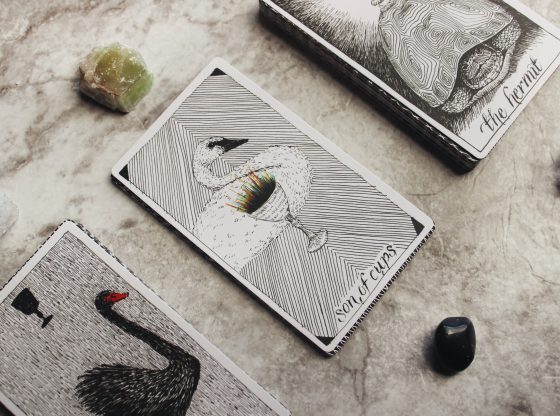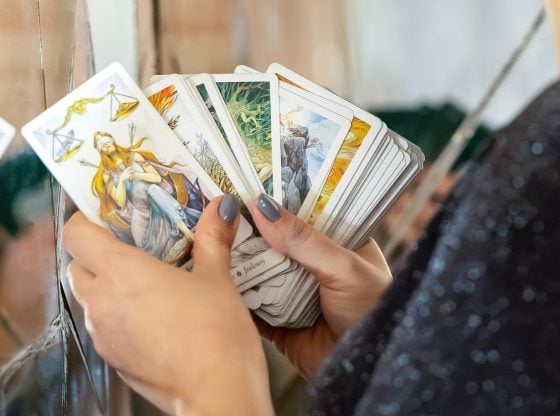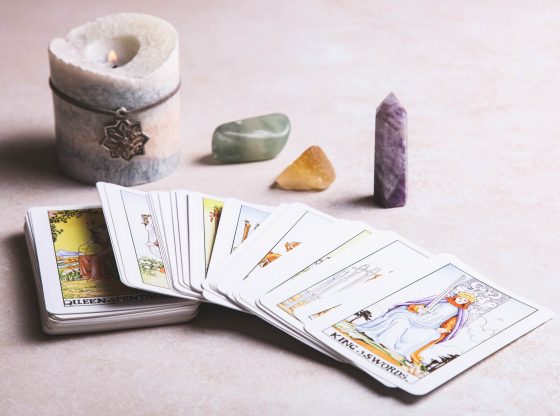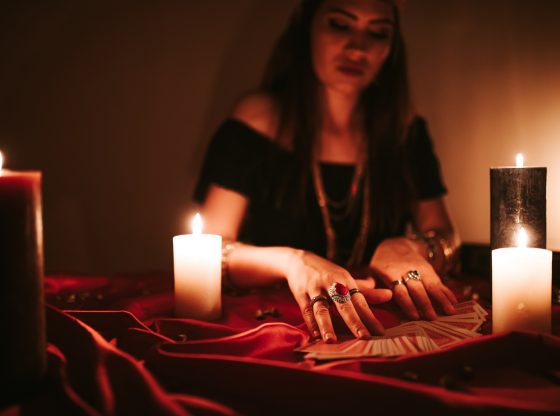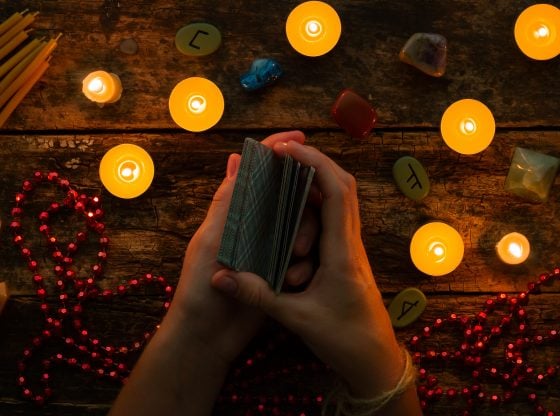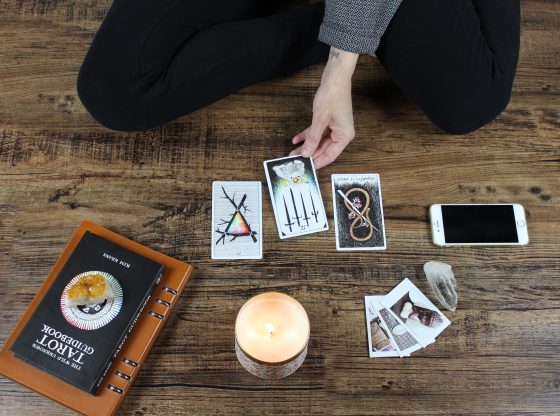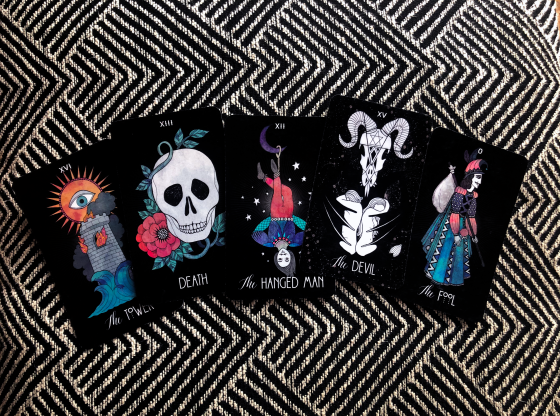While there are several tools of divination, tarot is arguably one of the most popular forms practiced worldwide. Each of the 78 colorful cards in the deck—an amalgamation of archaic symbols, religious parables, and historic events—are assigned a symbolic name such as “The Empress” or “The Hanged Man” that give the tarot card meaning. Just looking at the cards alone can lead to confusion, but the storytelling (rather, the clarity) comes through the process of receiving a reading—many psychics practice their own style during a session, but that doesn’t change what a layout illustrates. Even though some skeptics balk at the idea of tarot in today’s modern-day society, there’s no denying that this centuries old practice has had an impact on those around the globe. Here is a closer look at the history of tarot cards, to include how they have evolved over the years.
The Early Years: Wealthy Wins
While some experts believe tarot card history dates back to 1375, when Europeans were seen with cards that have been brought over from Islamic communities, the true tarot deck did not originate until 1440. European artists generated the first decks, many of which were created specifically for wealthy families and nobilities, to include the Visconti family in Milan, which was comprised of copious dukes and barons. Because the cards were customized, the trump (aka triumph) cards featured family members and friends (more on trump cards to come.) Of course, not everyone could afford to appoint an artist to create a personalized deck of cards, so tarot was considered a luxury until the invention of the printing press when mass-produced decks were made to cater to the lesser-privileged.
Before Anything Else, Tarot Was A Game
History suggests that the first tarot decks were created with the intention of being used as a game. A deck was comprised of four suits, each with cards designated by number (1-10), as well as court cards: king, queen, knight, and page. In addition there were 22 standalone, emblematic picture cards. This example of an original deck was used to play a game known as Triumph, which can be compared to Bridge. The game expeditiously became a sensation all over Europe, and was referred to as “tarocchi,” the Italian name for the French word “tarot.”
Tarot Today
Today, people all over the world utilize tarot cards in an effort to help themselves—or others—with matters of the heart, career woes, and other issues that require guidance or clarity. One of the biggest differences we see with tarot readings in the modern-day world is that you need not be face-to-face with a psychic advisor to receive a reading. A session can be performed anywhere in the world, so why not book yours today?
